Smartphone cameras have come a long way, making professional-looking photography accessible to anyone. But beyond basic snapping, your phone can unlock creative tricks that elevate your photos without extra gear. From clever angles to hidden features, these tips can transform ordinary shots into captivating visuals. Understanding lighting, perspective, and camera settings can make a huge difference, and the best part is that you likely already have everything you need in your pocket. Here are ten hidden photography tricks to explore.
1. Use the Volume Button as a Shutter
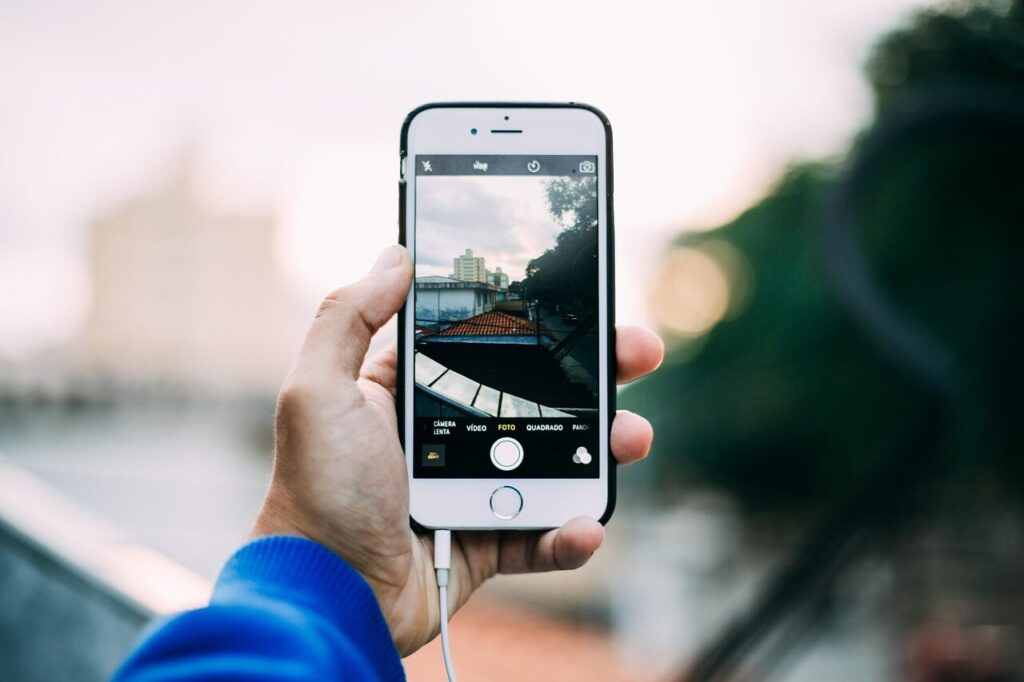
Most people tap the screen to capture a photo, but using your phone’s volume button as a shutter can reduce camera shake. This is especially helpful in low-light settings, where even the slightest movement can blur the image. On iPhones and many Android phones, pressing the volume button triggers a more stable shot. Pair this with a tripod or steady surface, and your photos will appear sharper. It’s a small adjustment that can noticeably improve the overall clarity of your images.
2. Shoot Through Objects for Depth
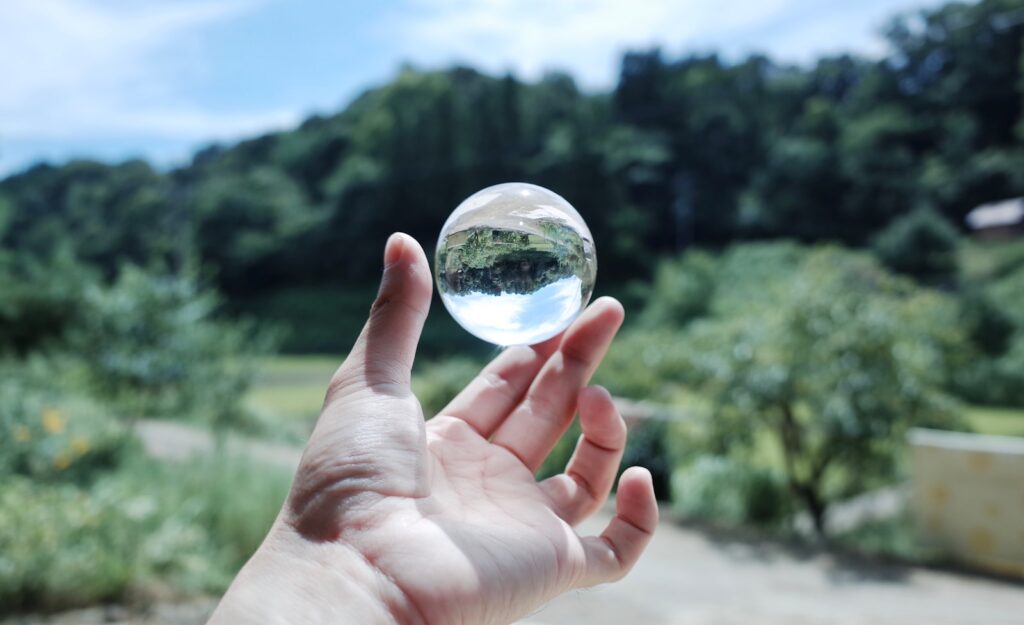
Adding layers to your photos creates a sense of depth and intrigue. You can achieve this by shooting through objects like leaves, glass, or even a translucent fabric. This technique draws attention to the subject while creating a natural frame. Your phone’s autofocus often adjusts beautifully, keeping the subject sharp and slightly blurring the foreground object. Experiment with different distances and angles to see how the shapes and textures interact with your main subject for a more artistic result.
3. Play with Reflections

Reflections can turn a simple scene into something visually striking. Use puddles, windows, mirrors, or even shiny surfaces to capture both reality and its mirrored version. Position your phone at unusual angles to manipulate symmetry and perspective. This technique can add a creative twist to street photography, landscape shots, or even portraits. On a sunny day, reflections become even more dynamic, offering opportunities to experiment with colors and light. Phones now often have HDR modes that enhance these reflections naturally.
4. Create Motion Blur
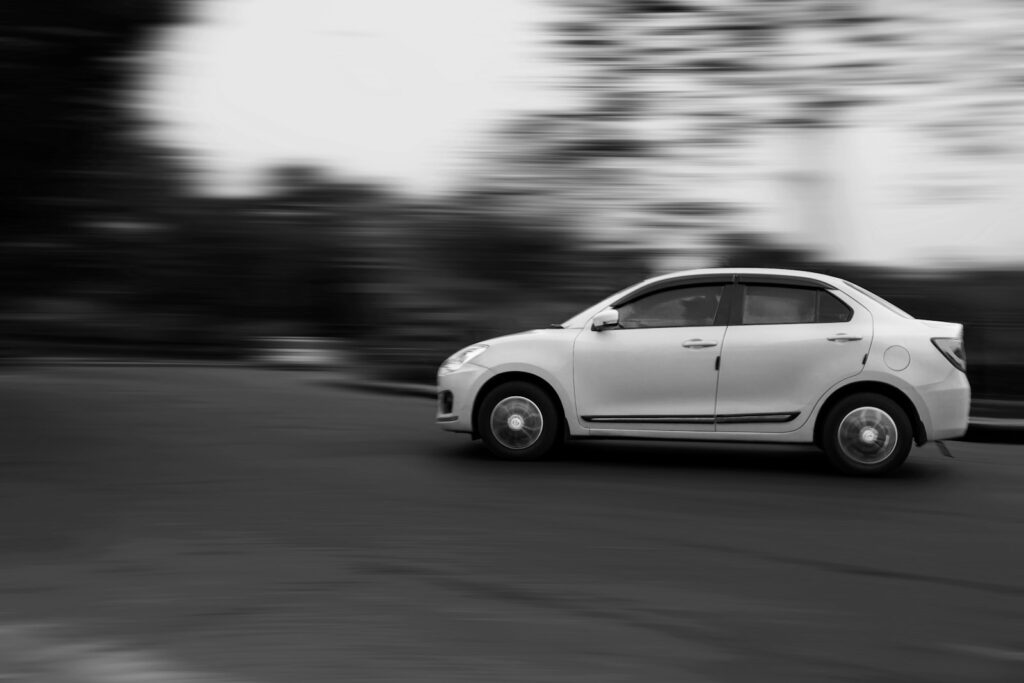
Motion blur can give your images a sense of energy and movement. Instead of freezing action with a standard shot, try slowing your shutter speed in the phone’s camera settings or using a long exposure mode if available. This works beautifully for waterfalls, passing cars, or dancing crowds. Holding the phone steady or using a tripod helps prevent unwanted shake. The result is an artistic blur that emphasizes motion, giving your ordinary photos a dynamic, professional feel without needing complex equipment.
5. Experiment with Perspective

Changing your perspective instantly transforms a photo. Get low to the ground for a worm’s-eye view, or shoot from above for a bird’s-eye perspective. These angles make ordinary subjects look extraordinary and often reveal details unseen from eye level. Your phone’s wide-angle lens, if available, further enhances this effect. Moving closer to or farther from your subject also alters the composition dramatically. Perspective is a simple yet powerful tool to make everyday scenes appear fresh and engaging.
6. Use Natural Light Creatively

Smartphones struggle in harsh artificial light but excel with natural lighting. Golden hour, the hour after sunrise or before sunset, provides soft, warm light perfect for portraits and landscapes. Backlighting can create silhouettes, while diffused light through a window adds gentle highlights. Experiment with shadows, reflections, and sunlight angles to give depth to your photos. Even subtle adjustments in position relative to the light source can make a photo more compelling. Learning to read natural light is key to professional-looking mobile photography.
7. Take Advantage of the Grid
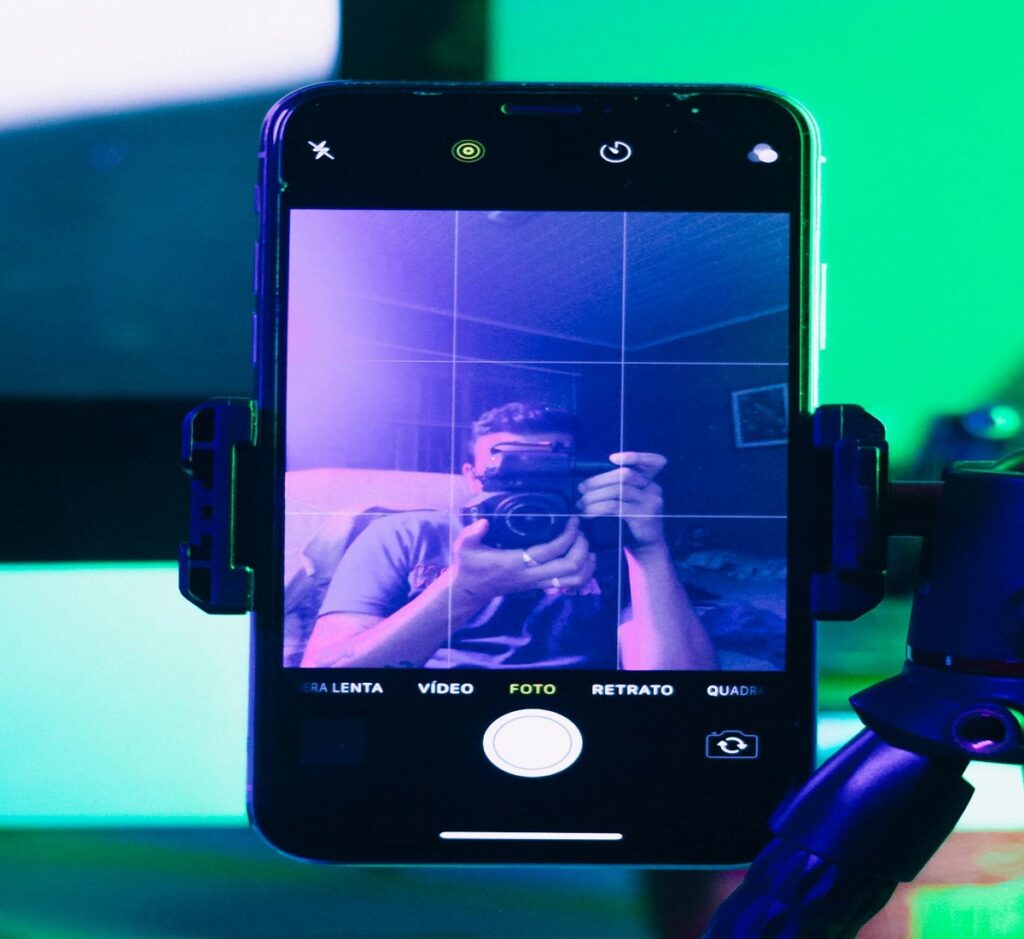
Most phones offer a grid overlay in the camera settings, which helps with composition. The rule of thirds is a classic photography guideline that keeps subjects balanced and visually appealing. Positioning your main subject along gridlines or intersection points creates harmony in your images. Beyond composition, the grid also helps level your horizons, especially in landscape shots. This small tool encourages more thoughtful framing, ensuring your photos look polished and professionally composed, even if you’re just casually snapping.
8. Use Portrait Mode Strategically

Portrait mode doesn’t just blur the background; it helps emphasize your subject and creates a sense of depth. On newer phones, adjusting the intensity of the blur or repositioning the subject can dramatically change the mood of a photo. Experiment with foreground objects and lighting to enhance the effect. Portrait mode works well for both people and objects, making everyday items look striking. Using this mode creatively turns simple scenes into professional-looking images without complex editing or additional equipment.
9. Capture Details with Macro Tricks

Even if your phone doesn’t have a dedicated macro lens, you can get close-ups by carefully focusing on small details. Tap the screen to lock focus on a tiny subject, like flowers, textures, or food, and move slowly for sharpness. Good lighting is essential to bring out fine details and colors. Some phones have built-in macro or super-macro settings; if not, digital zoom can suffice with patience. Macro photography highlights aspects of the world we often overlook, turning mundane objects into visually fascinating shots.
10. Edit Directly in Your Phone
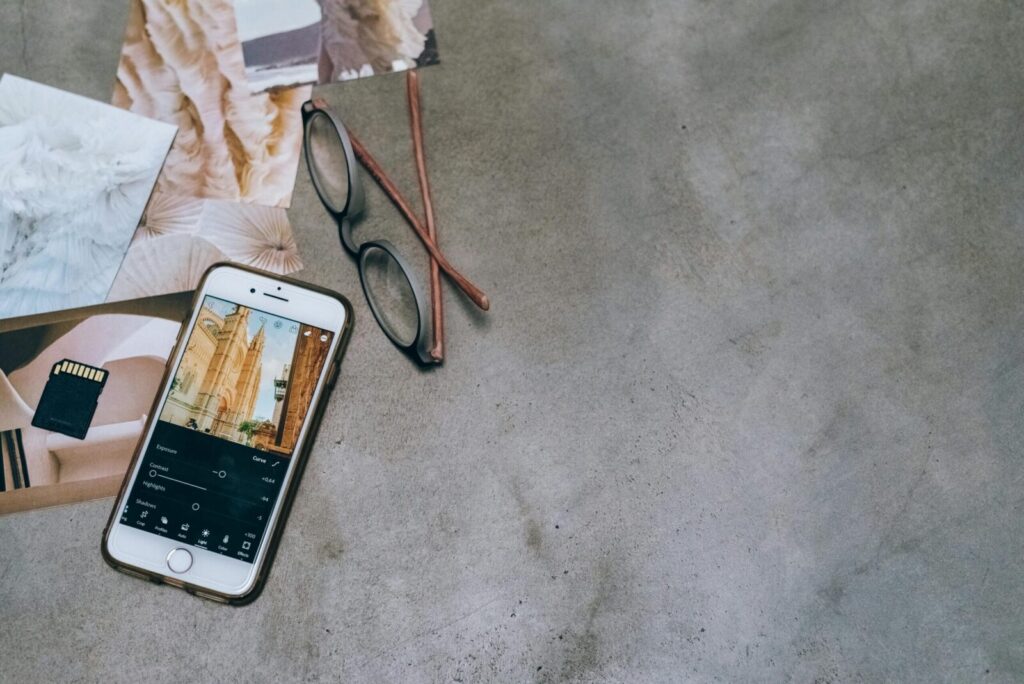
Shooting well is only half the process; editing enhances your final image. Most phones come with built-in editing tools that adjust exposure, contrast, saturation, and sharpness. Apps like Snapseed or Lightroom Mobile provide advanced controls for color grading, selective edits, and perspective correction. Minor tweaks can dramatically improve composition and vibrancy. Editing directly on your phone allows for quick experimentation, and repeated practice helps you learn what adjustments consistently enhance your style, making your mobile photography more polished and professional.
Comments